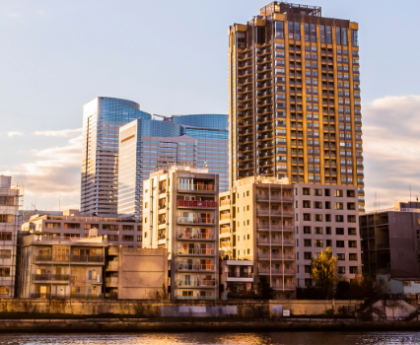
The Rise redevelopment in Cupertino, Forum area, showing a housing tower, ground-floor retail and restaurant spaces, and adjacent gathering and open areas, on the site of the former Vallco Mall, concept.
CUPERTINO — Cupertino city officials have approved a revamped plan for a new neighborhood of homes, stores, restaurants and offices slated to sprout where an old shopping mall once stood. Crews are expected to begin construction this year.
The Rise, as the new project is called, will be built on the site of the former Vallco Shopping Mall at the corner of North Wolfe Road and Stevens Creek Boulevard, a short distance from Interstate 280.
The number of residential units in The Rise will increase while the overall square footage of the buildings in the mixed-use project will shrink, according to the plans approved last week by city staffers. The neighborhood’s height also will be reduced.
“The market forces that have continued to impact projects across the Bay Area over the past 18 months have pushed us all to new levels of creativity and adaptability,” said Reed Moulds, managing director with Sand Hill Properties, the veteran real estate firm developing The Rise.
One huge challenge: The Rise and countless other commercial and residential projects in the Bay Area and nationwide must scout for construction financing in a forbidding landscape of sky-high interest rates, costly labor and expensive materials at a time of elevated inflation.
Real estate firms in some instances have decided to delay or scrap other projects until more favorable circumstances materialize. Some developers have been forced to tweak their projects to make them more palatable to construction lenders.
The Rise is being tweaked to transform, in part, into a project with significantly more housing units compared to the original proposal for the neighborhood.
Here are some key components city staffers have approved, and how they differ from prior versions of the development:
— Housing: 2,669 residential units, an increase of 11.1% from the 2,402 homes that were previously proposed.
— Offices: 1.95 million square feet of space, a decline of 1.4% from the prior version.
— Retail and entertainment spaces: 226,400 square feet, a 53.4% decline from the previous proposal.
“The plan will provide Cupertino with a vibrant downtown district and dynamic retail environment along with acres of trails and open space, blurring the boundary between urban and natural environments as well as serving as a new social heart of the city,” Sand Hill Property said in an email to this news organization.
 The city approval of the project clears the way for permits to be issued and for construction to begin in the “coming months,” Sand Hill Property stated in the email.
The city approval of the project clears the way for permits to be issued and for construction to begin in the “coming months,” Sand Hill Property stated in the email.
“With this approval, the project will be moving forward,” Cupertino City Manager Pamela Wu said.
Once known as Vallco Fashion Park, the retail complex was originally built in 1976 as a single-story shopping mall. A lower level was added in 1988. A third-level movie theater was added in 2007.
For most of its existence, Macy’s, Sears and J.C. Penney were the Vallco anchors.
The interior hallways that once led to the small shops and restaurants were closed to the public in 2018, the same year AMC Theaters closed its doors at Vallco.
Bowlmor Lanes, Cupertino Ice Center and Benihana restaurant remain open, all with separate entrances from the outside of the mall.
The more than 2,600 residential units included in The Rise would provide more than half of the housing Cupertino is obligated to build for the state-mandated planning cycle covering the period 2023 through 2031, Sand Hill Property stated.
“This is an important milestone that reflects the collaboration and shared commitment to addressing the housing needs of our community,” Wu said.
In the latest version of the neighborhood, most of the project’s towers will be 85 feet in height, and only very few towers will reach 240 feet in height.
Where height is necessary, those taller buildings will be concentrated along Wolfe Road and Interstate 280 and be separated from the existing residential neighborhoods nearby.
“This will be the vibrant downtown district that Cupertino has always wanted,” Moulds said in an interview in December with this news organization. “This will create the housing that the community needs. This will produce the dynamic retail environment that we’ve craved in this city.”
This post was originally published on 3rd party site mentioned in the title of this site




